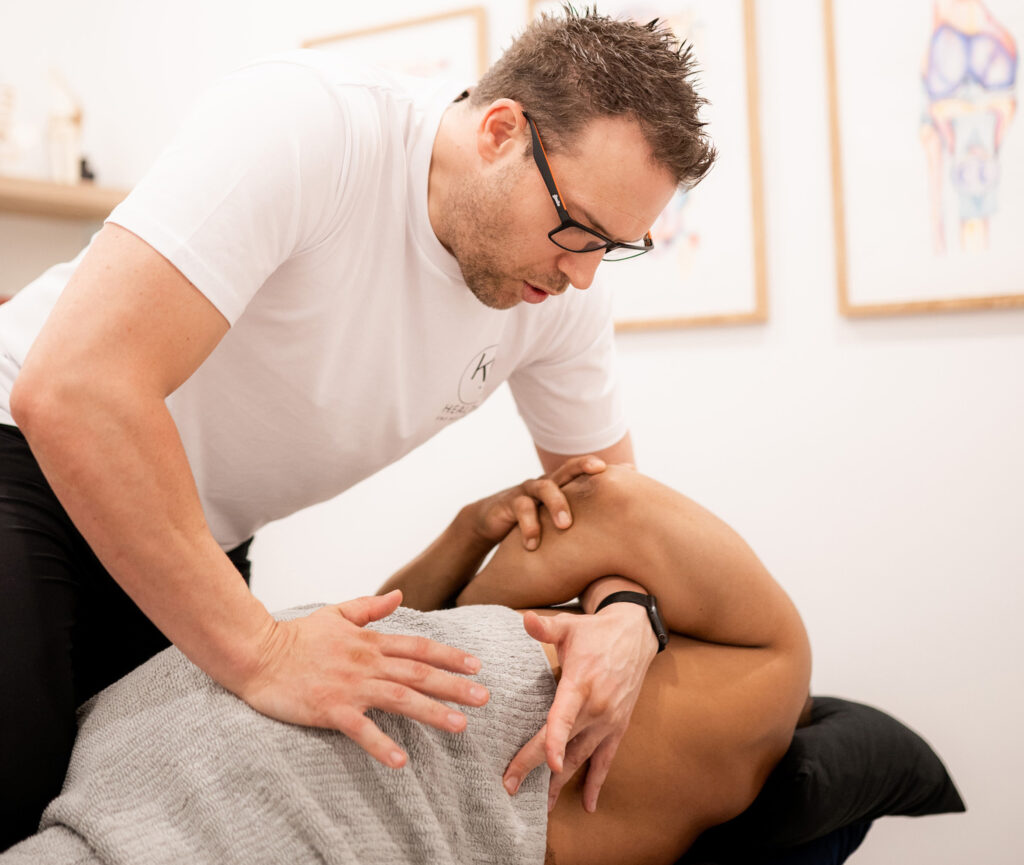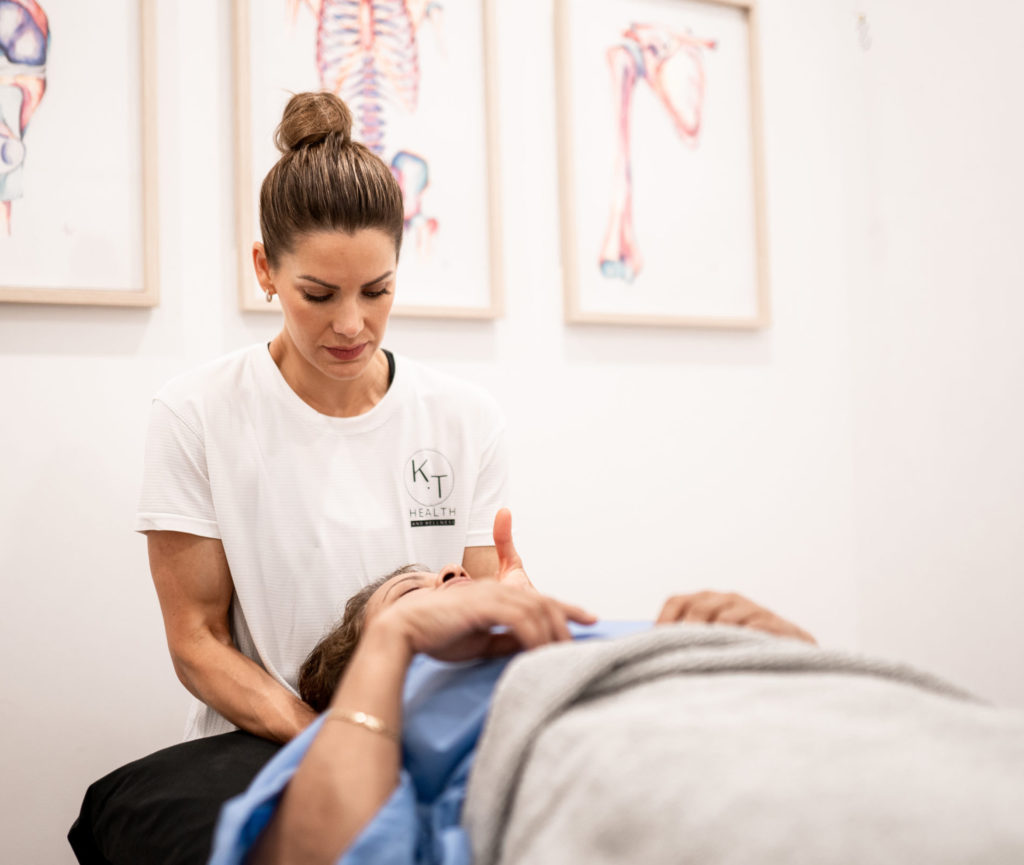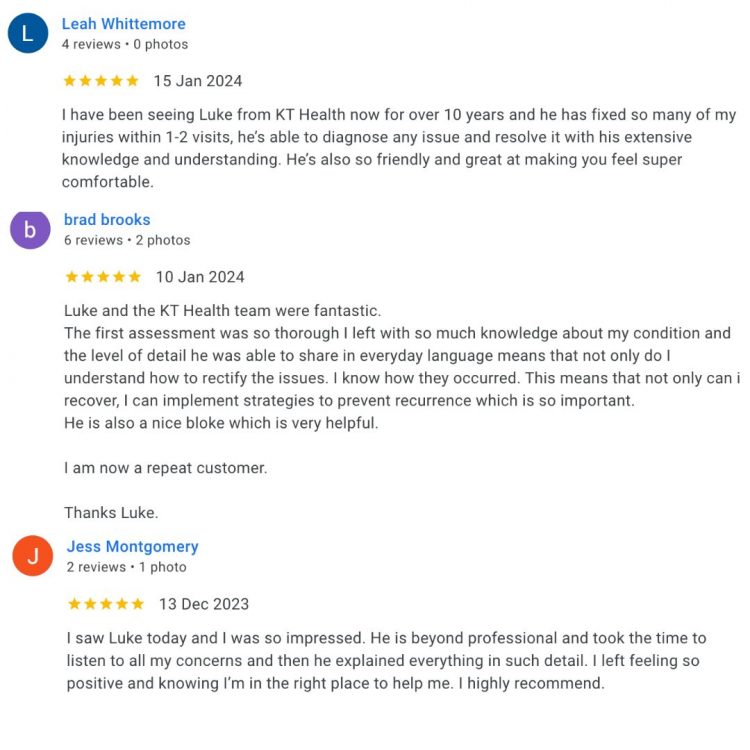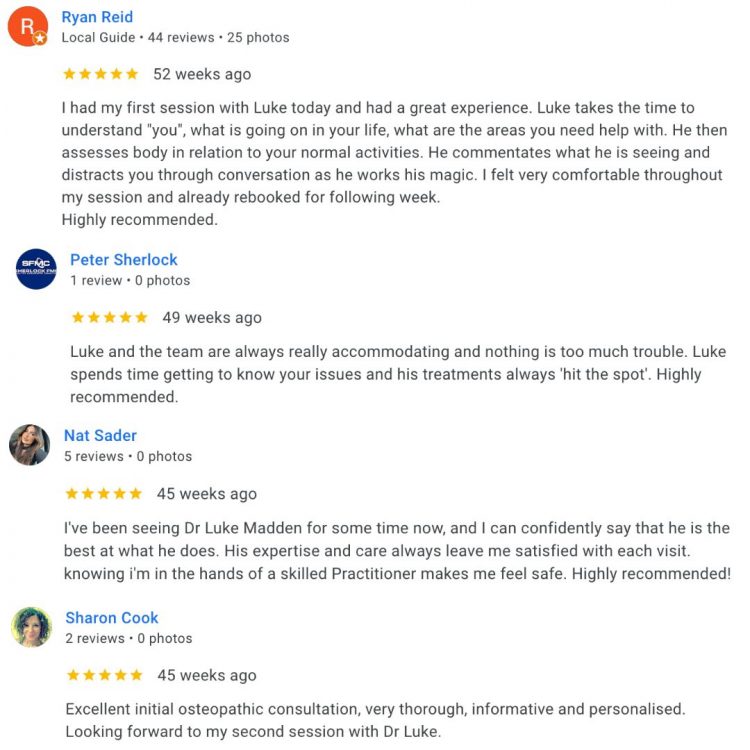Everything You Need to Know About A Cervical Disc Bulge...
What is a Cervical Disc Bulge?
A cervical disc bulge is when one of the soft, cushion-like discs between the bones in your neck starts to push out of its normal shape. These discs sit between the bones of your spine (called vertebrae) and help absorb shock and allow smooth movement.
Each disc has a soft, jelly-like center surrounded by a tough outer layer. Over time, or because of injury or too much pressure, the tough outer layer can weaken. When that happens, the jelly-like center starts to bulge outward, a bit like it’s being squeezed.
If the bulge presses on nearby nerves or even the spinal cord, it can cause pain, numbness, tingling, or weakness, often in your neck, shoulders, arms, or hands.
An analogy…
Imagine a disc is like a jam donut.
- The outer dough is the tough outer layer of the disc.
- The jam is the soft center inside.
If you press down on the donut, the jam starts to push out toward the sides. A disc bulge is like that, the jam is pushing out, but it hasn’t burst through yet. If that pressure touches a nerve, you might feel pain or strange sensations somewhere else in your body.
What are other names that a cervical disc bulge can be referred to?
Cervical Disc Herniation, Slipped Disc, Prolapsed Disc, Herniated Disc, Discogenic Wry Neck, Bulging Disc, Intervertebral Disc Injury, Sprained Disc, Disc Protrusion
What causes a cervical disc bulge?
A cervical disc bulge happens when the soft centre of a disc in your neck pushes outward because the tough outer layer has weakened or cracked. This can be caused by ageing, poor posture, repeated movements, heavy lifting, or injury. Weak core muscles or even genetics can also play a role. When the disc bulges, it can press on nearby nerves, leading to pain, tingling, or weakness in the neck, shoulders, or arms.
What are the signs and symptoms of a cervical disc bulge?
- Neck pain – dull, aching, or sharp pain in the neck
- Stiffness – reduced ability to turn or tilt the head
- Shoulder pain – may spread from the neck into one or both shoulders
- Arm pain – radiating pain down the arm, often on one side
- Tingling or numbness – in the shoulder, arm, hand, or fingers
- Muscle weakness – in the arm or hand, making it hard to grip or lift
- Headaches – often starting at the base of the skull and radiating forward
- Worsening pain with movement – like looking down, turning the head, or lifting
- Relief with rest – symptoms may ease when lying down or resting the neck
What tests are used to diagnose a cervical disc bulge?
Spurling’s Test: The examiner gently tilts your head to one side and applies downward pressure. If this causes pain, tingling, or numbness that travels down your arm, it may suggest nerve irritation from a disc bulge.
Cervical Compression Test: This test involves applying downward pressure on the top of your head while your neck is in a neutral position. If this increases neck or arm symptoms, it may indicate pressure on a nerve root from a bulging disc.
How long does a cervical disc bulge take to heal?
With the right balance of movement and rest, a cervical disc bulge can sometimes go back into place in as little as three days, but it usually takes around 2–3 weeks. Once it’s back in, pain often goes away and movement returns. However, the torn tissue behind the disc still needs time to heal, about six weeks to reach 80% strength. In more severe cases, the disc may not fully return to place, and recovery can take much longer.
How does a cervical disc bulge happen?
- Poor posture
- Sitting too long
- Repetitive bending, lifting, or twisting, especially with bad technique
- Weak core and spinal muscles
- Heavy lifting
- Lack of exercise
- Smoking and poor nutrition
- Stress and dehydration
What treatment can help a cervical disc bulge?
- Gentle spinal mobilisation to relieve pressure on the disc and surrounding nerves
- Soft tissue massage to relax tight muscles and improve blood flow
- Postural education to reduce strain on the neck during daily activities
- Stretching and strengthening exercises to support the spine and prevent future flare-ups
- Ergonomic advice for desk setup, sleeping positions, and movement habits
- Breathing and relaxation techniques to reduce tension and support healing
- Lifestyle advice to address contributing factors like activity levels, stress, or hydration
What happens if the cervical disc bulge doesn’t get better with treatment?
In some cases, even with proper treatment, symptoms from a cervical disc bulge don’t fully improve. Further tests like an MRI or CT scan, medication, or a specialist referral may be needed. If nerve symptoms like numbness or weakness worsen, surgery might be considered. Your practitioner will guide you if extra care is needed.
What exercises or stretches can I do for a cervical disc bulge?
- Chin Tucks
- Scapular Retractions
- Upper Trap Stretch
- Levator Scap Stretch
What products can help with a cervical disc bulge?
AROM Cervical Extension
Sit upright in a chair looking straight ahead.
Look up towards the ceiling, moving only your head, not your body.
Return back to the starting position then relax and repeat.

AROM Cervical Rotation
Sit upright in a chair looking straight ahead.
Look over one shoulder as far as you can, moving only your head, not your body.
Return back to the starting position and then relax and repeat.

AROM Cervical Retraction Prone
Lie on your front with your head hanging off the edge of the bed.
Keeping your head neutral, looking directly at the floor below you, pull the back of your head towards the ceiling.
Your head should not extend backwards.
Hold, then control the movement back down to the start position.
Think about tucking your chin in and extending through the back of your neck as you do this movement.

Segmental Thoracic Extension Stretch With Towel
Roll up a towel and place it on the floor across the area you will lie on.
Lie on your back with the towel positioned underneath and across your upper back.
Relax in this position, allowing your arms to drop out to the side and your chest to open up, stretching your upper back over the towel.
Remain here for the stated duration, and then move the towel down to the next segment of you upper back, and repeat.

Scapula Setting
Start in an upright standing position.
Practice bringing your shoulder blades back and down.
Picture gently drawing your shoulder blades towards the hip on the opposite
side.
This is a subtle movement, ensure you do not over strain your shoulder blades
when performing this action.

STOP GUESSING – START MOVING
See what other people have said about our osteopaths
Trustindex verifies that the original source of the review is Google. KT health has really helped my back and i have been able to get back into competitive sportTrustindex verifies that the original source of the review is Google. Absolutely amazing, I see Louie Nouh who always listens and caters to my needs. He is amazing at his job and always helps alleviate my pain. I highly recommend Louie.Trustindex verifies that the original source of the review is Google. Friendly, supportive staff. Such a lovely place to exercise! Highly recommend.Trustindex verifies that the original source of the review is Google. Amazing instructor, I am new to Pilates felt very comfortable & supported.Trustindex verifies that the original source of the review is Google. I have been suffering from shoulder and neck pain for months - I saw Dr Louie Nouh a couple of time. His treatment really relived the pain. I have full range of movement now. His knowledge on exercise is fantastic.Trustindex verifies that the original source of the review is Google. Absolutely love reformer at menai. Instructors are amazing. Love Michaela and love the small classes. Highly recommend!Trustindex verifies that the original source of the review is Google. The trainers are all amazing , they explain everthing step by step and help where needed . It is an amazing place to relax get to know other people have a laugh . I recommend for anyone .Trustindex verifies that the original source of the review is Google. Ever since I came here I’ve been looked after by Louie and my shoulder is already feeling much better. Highly Recommend these are good people.Trustindex verifies that the original source of the review is Google. SENSATIONAL Chiropractor in Menai! I attended my first appointment with Dr Louis Nouh at KT Health & Wellness who is an absolute genius even after one session with him. He explained everything he intended to address about my lower back condition, all in easy to understand, layman’s terms. He said he would call me the next day to follow and see how I was feeling after our session and guess what, he did! During our session, he made me feel relaxed and comfortable especially as it was my first chiropractic appointment EVER! For some reason, I am actually looking forward to my subsequent sessions with him next week. Don’t get me wrong, he did poke, prod and crack me as necessary but the results made it seem worth it.Trustindex verifies that the original source of the review is Google. I have been seeing Melinda now for a couple of months to help with bursitis in my hip. She is one of the best practitioners I’ve ever seen.. With the use of various tools and techniques she has helped me recover much quicker than I expected. Thanks Mel and see you tomorrow!
We don't offer magic fixes or cures, but a sustainable approach to back pain.
Our Osteopaths will offer you a road map to help you take control of your back pain and feel great again.
BOOK YOUR OSTEOPATH VISIT TODAY
Book a Time with Dr Luke Madden Below
Book a Time with Dr Melinda Madden Below
Already have an account?
Book as a guest
- Book an Appointment






